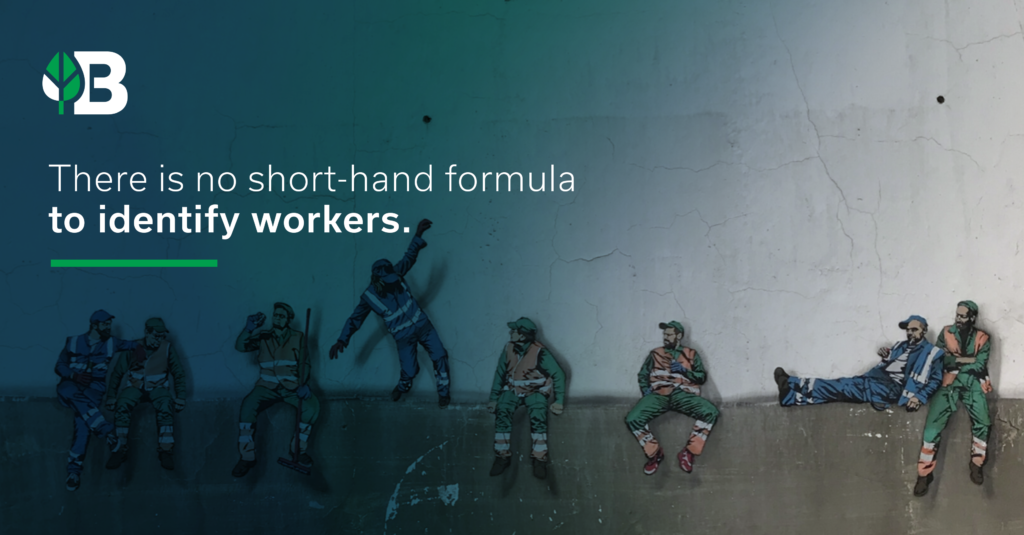
How to Classify Your Independent Contractors: A Case Study
According to a recent article by Allen Smith, a manager of workplace law at The Society of Human Resource Management, various laws, rules, and tests can make it hard to identify your independent contractors. Let’s take a look at this mini case study to figure out why that is—and what we can do to help.
The situation.
The National Labor Relations Board (NLRB) recently overturned a 2014 decision that “made classification as an independent contractor harder to achieve.” Instead, the NLRB is returning to a common-law test that helps differentiate employees from independent contractors. In other words, the 2014 test it out, and the common-law test is back in.
The history.
In 2005, an airport shuttlebus service employed a group of drivers who were classified as “employees.” But when the company changed its business model, it required its drivers to sign a one-year deal that reclassified themselves as “franchisees,” or independent contractors. Later, when the drivers attempted to unionize—they couldn’t. Hence the problem with worker classification.
The challenge.
Discrepancies among worker classification are challenging the relationship between a business and its workforce. And because different classifications mean different tax, workers’ comp, discrimination, leave, and unemployment laws—an organization must be able to properly differentiate between the two. Could the common-law test do the trick? The NLRB was determined to find out.
The solution.
To apply the common-law test to the shuttlebus case, the NLRB asked the following questions:
- How does each person perceive this business relationship?
- For how long has each person been working?
- Who is sourcing the tools and providing the work environment?
- Are workers getting paid for the job they’re doing or the hours they work?
- Is anyone required to work under the supervision of another?
While “there is no shorthand formula” to identify workers, asking these questions proved to be part of the solution.
The result.
The answers to these questions seemed to suggest independent contractor status, and the NLRB ruled that “employers should use common-law factors alone” (such as those listed above) “to determine who is an independent contractor.” While other considerations ought to be made as well, the board concluded that “all the incidents of the relationship must be assessed and weighed with no one factor being decisive.”
The NLRB rejected the 2014 decision in favor of its common-law test (combined with other factors), a decision that is likely to result in many more independent contractors in 2019 and beyond.
What’s the point?
As Smith points out, the showdown between employees and independent contractors is “where so many companies just get things wrong.” Smith cautions Human Resources departments to be at the forefront of this initiative, but as industry experts, we know that such a task is easier said than done.
An important note from our Legal Department.
Please note that this is only one of numerous tests employed by a never-ending list of state and federal agencies (few of which are identical) to determine the status of individuals (employee versus IC). The application of this particular definition is limited to the folks who can seek redress under the National Labor Relations Act (NLRA). For example, things like who may unionize or bring unfair labor practice charges. Unlike employees, independent contractors are not protected by the NLRA.
Broadleaf is here to help!
Thankfully, Broadleaf Results is a better way to manage your workforce. Do you need a help handling independent contractor compliance? Contact us today! In the meantime, don’t forget to follow us on Twitter, LinkedIn, and Facebook.




